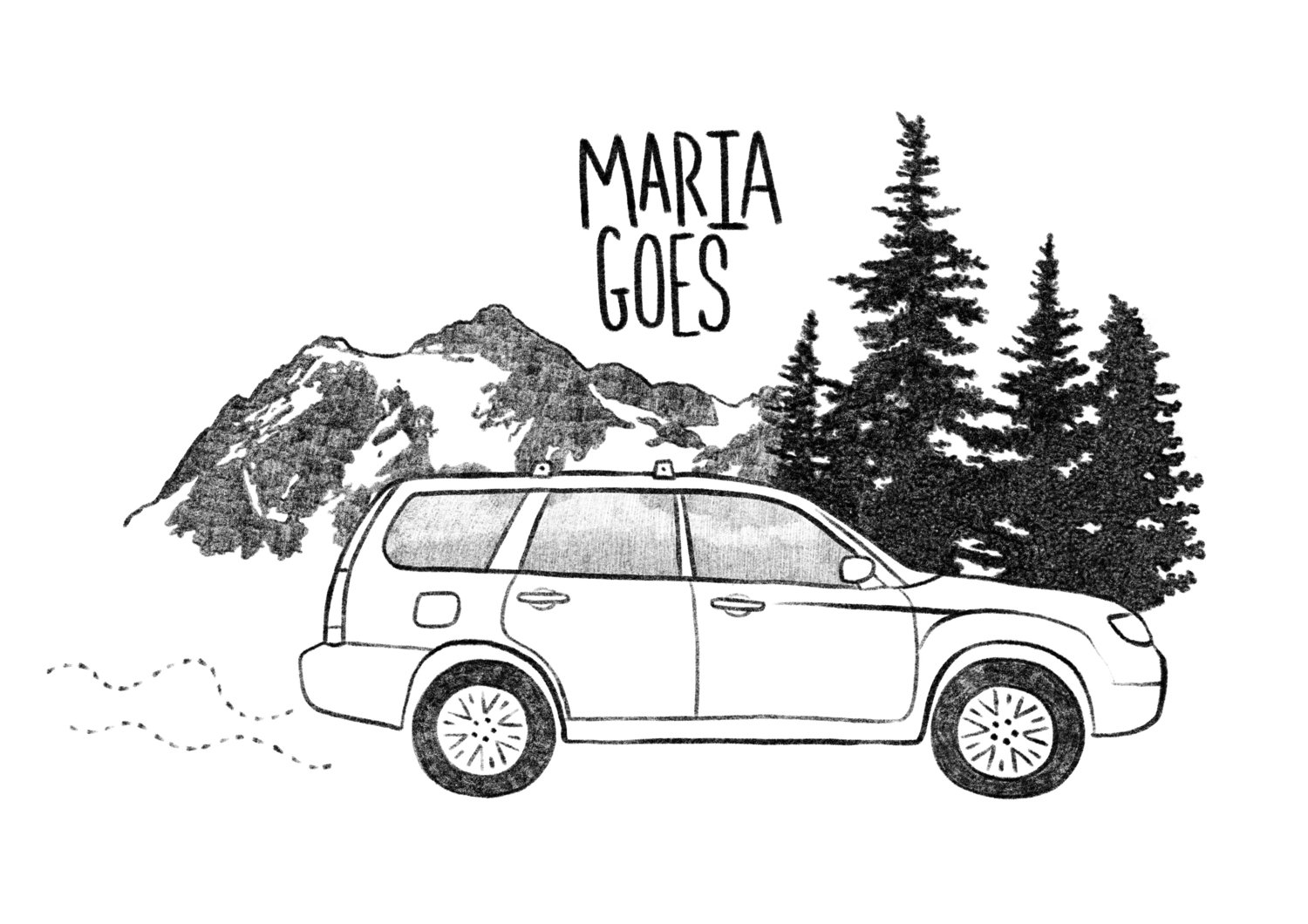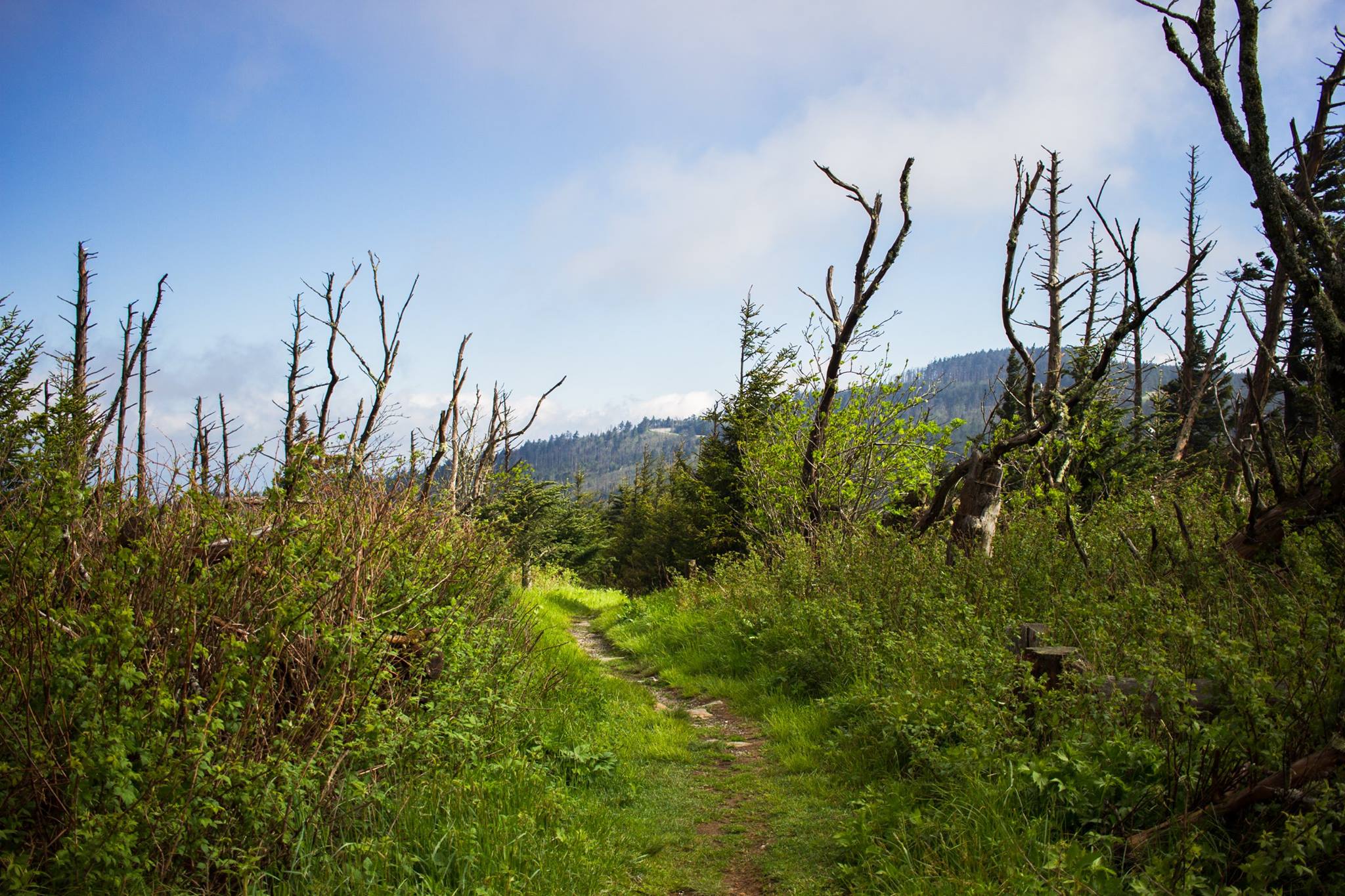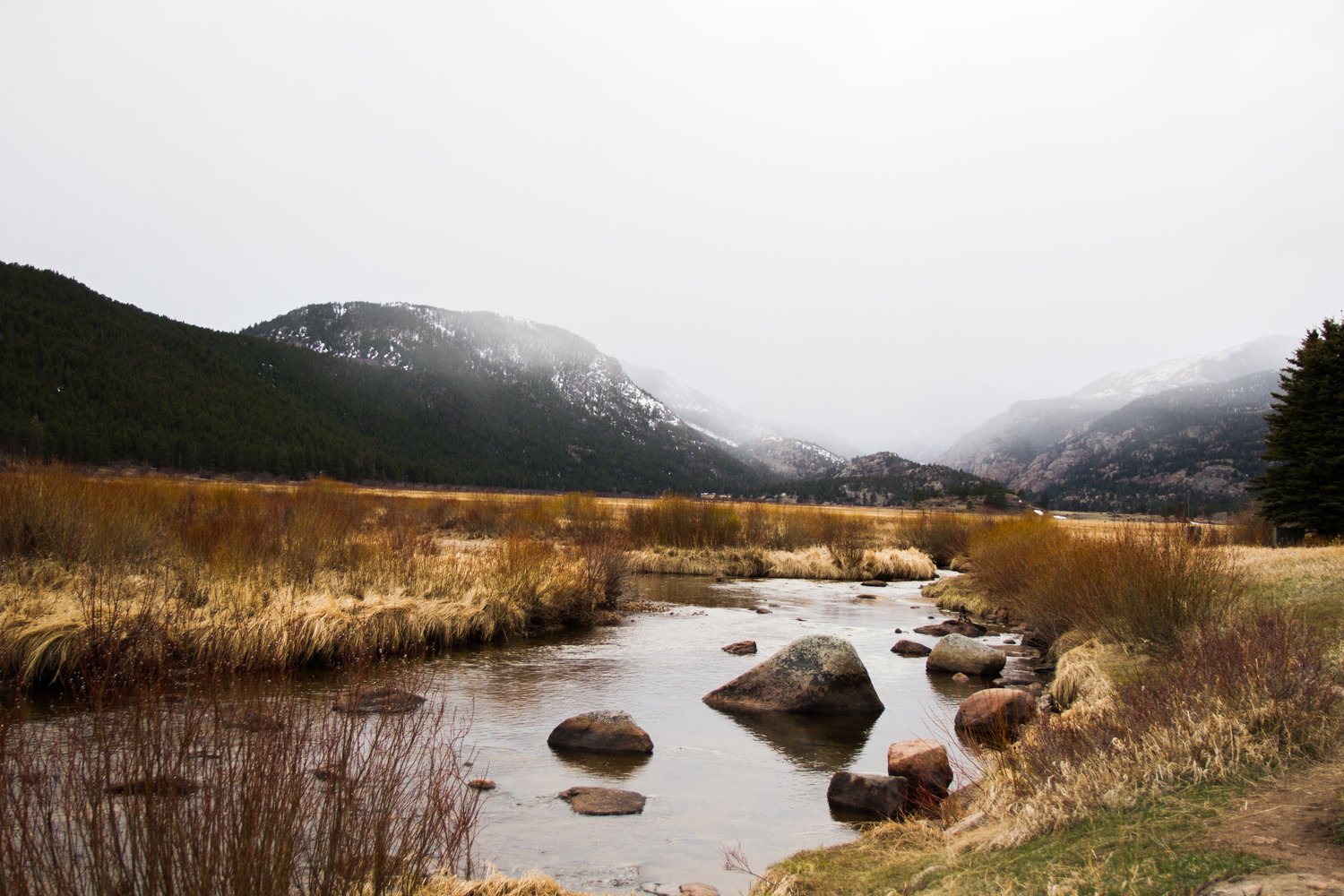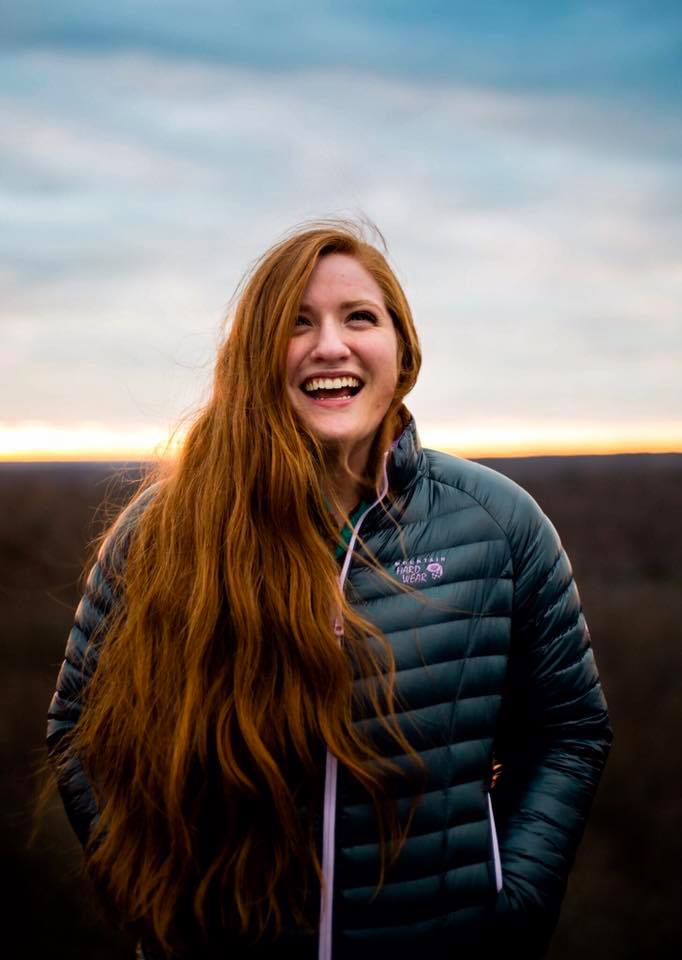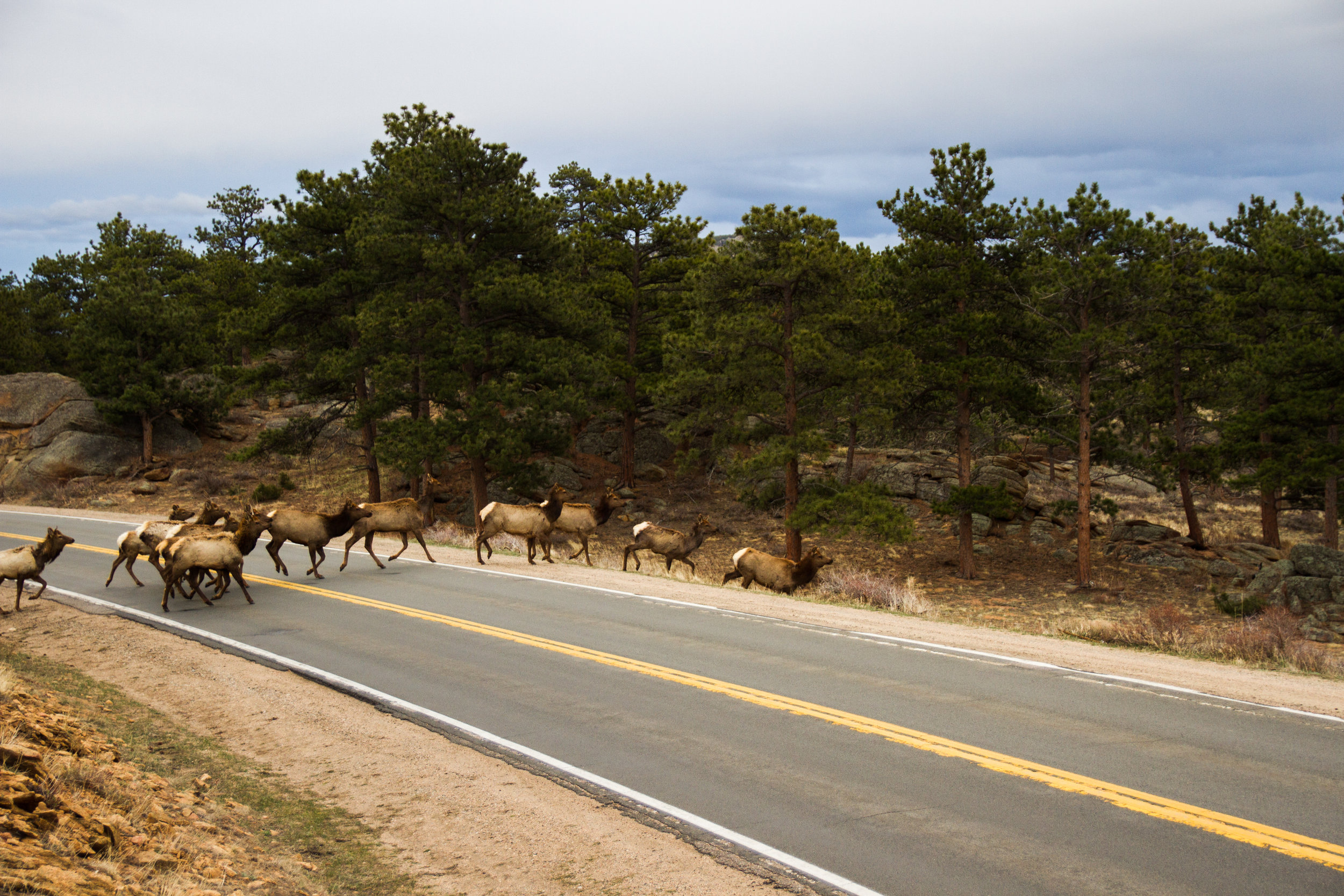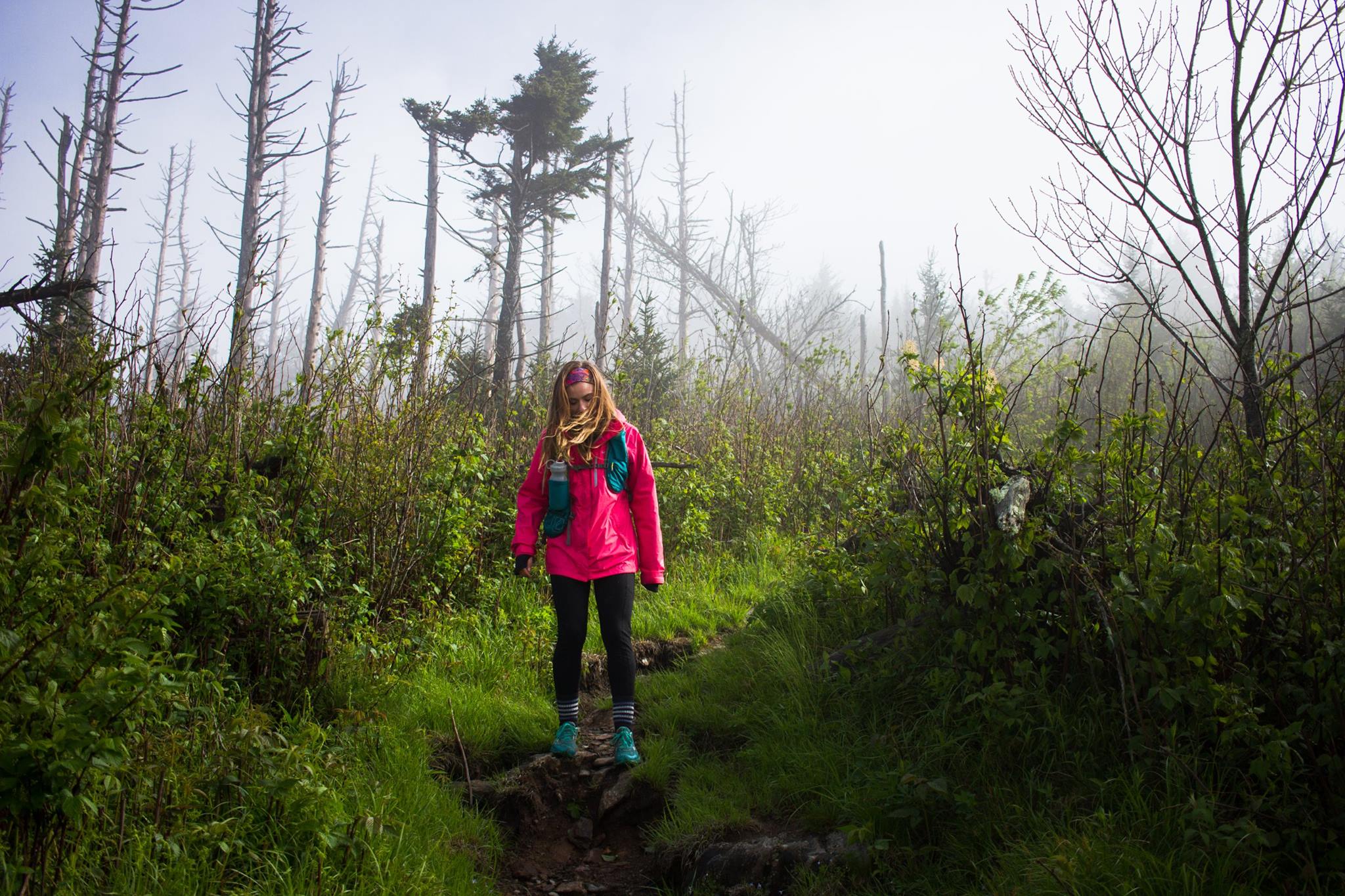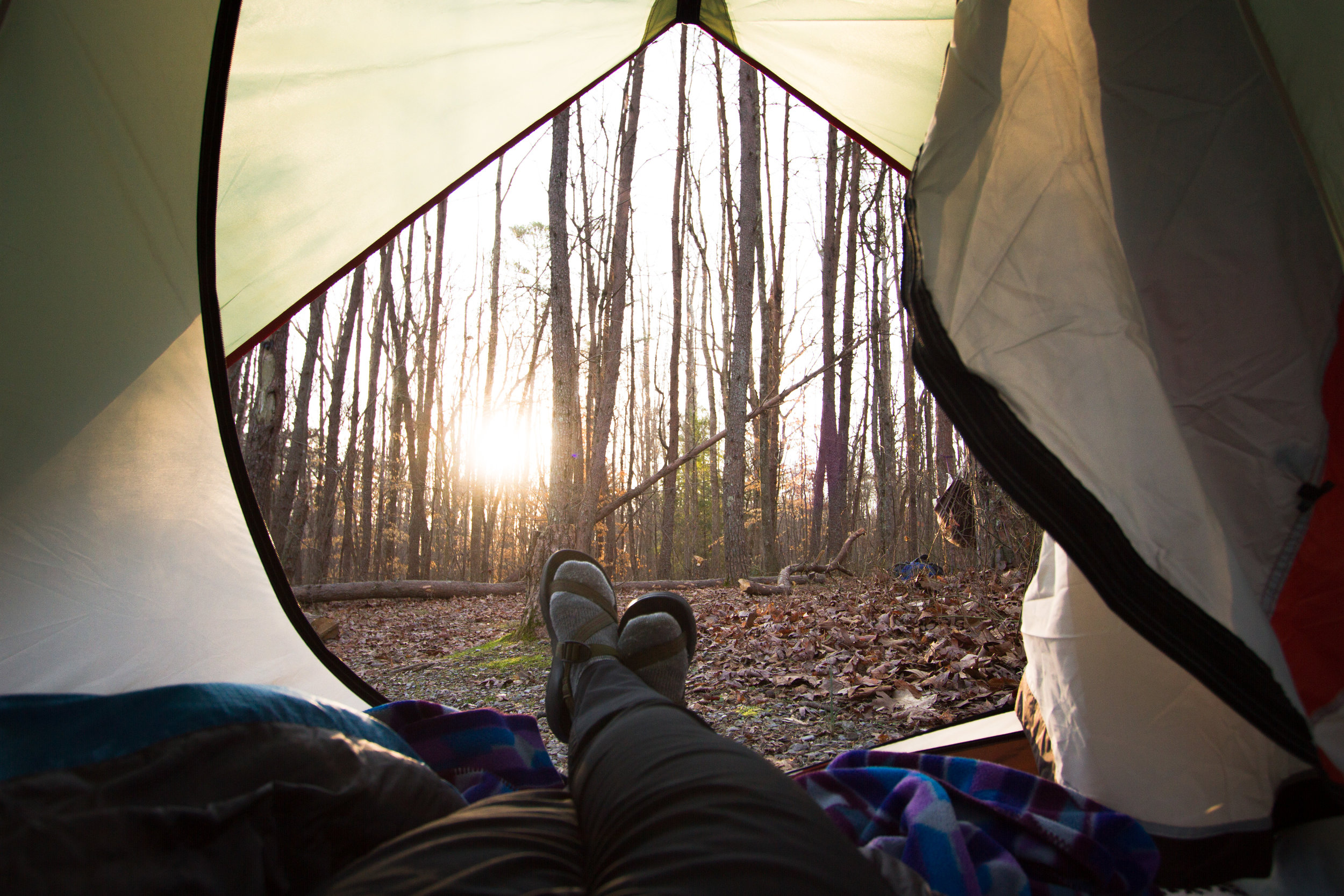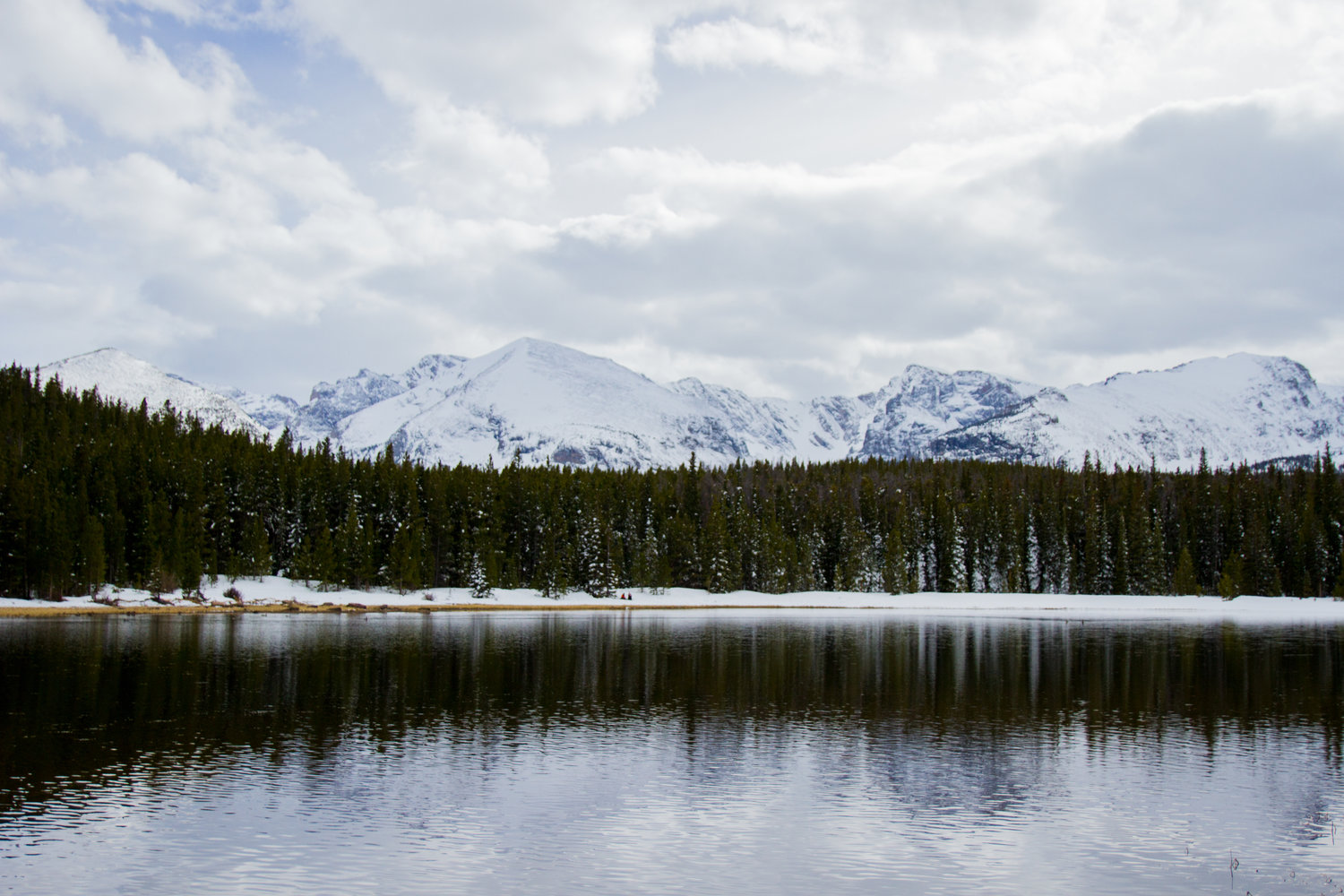What Climbing Has Done For Me
/I am seriously blessed that rock climbing has become a part of my life.
I’ve never been an “active” or “athletic” person until the last five years of my life. I didn’t play organized sports, no gymnastics, or dance classes, I didn’t run, or even walk regularly. And as I’ve already discussed (link to blog post) I ended up finding a love for outdoor recreation as a way to get through some tough life altering relationship changes in the beginning of 2014.
Fast forward to today when I climb almost 4 days a week every week, averaging three hours in the gym each time. I’ve never really craved physical activity like I hear runners do, but after our local gym finally opened, I can say for certain that has changed. Friends of mine will attest that if we are on an out of town weekend trip, I frequently comment, “I NEED TO CLIMB SOMETHING”. I get feeling antsy and a little trapped if I’m not able to get on a wall of some sort. Becoming a climber has done me a whole lot of good in so many ways.
TIny speck of red hair = me.
First of all, I’m not one to randomly introduce myself to a stranger, but the tight knit gym community in my town has really helped me with that. It’s a whole lot easier to meet someone when you’ve been helping each other work a boulder problem for the past hour. A common goal allows you to meet people without pressure. It’s nice that our community is small enough to let me refill my introverted “talk to people” tank, while also having private climb time when I need to be by myself.
I think it would be tough to identify another sport that is as uplifting and encouraging as climbing. I’ve never experienced such enthusiasm, motivation, and excitement from people as I strive to finish a v3 that’s been absolutely killing me. One time I asked a gym acquaintance to video me trying a problem I’d been throwing myself at for over two hours, and when I finally sent it, the entire boulder area applauded me because they knew how hard I’d been trying. That’s incredible to me.
The more I climb, the more confident I become, both mentally and physically. I try harder problems that I would never have even glanced at a few months ago. I don’t worry about failing a route because I know it will just push me to get it later. You’re only competing against yourself anyway.
Physically, I’ve never really been proud of my body. I’ve never been severely overweight, but if you had looked at those average weight charts on a medical website, I was in the “overweight” category (which honestly is so rude for those charts to say). Thankfully, due to some lifestyle changes along with pushing myself at the climbing gym, that is no longer the case, and I’m much more confident in my appearance. (Though to say I don’t still struggle, would be a total lie.) When I first started climbing, the gym was a huge room full of comparison. An average female climber is smaller, slighter, and a lot more toned that me. But I just don’t have that body type. Women in my family have big arms and big thighs, there’s not much you can do to change genetics. However, my arms and thighs house some powerful muscles now. These days I look at a person who would have been my “ideal” body type and I see that I climb stronger and better than them with MY body that looks MY way. (not that it’s about being better or feeling superior to others, but you see the point!)
I’ve also learned to listen to what my body is telling me. If I’ve climbed hard a few days in a row and my shoulder starts feeling whacky, I know you need to ease up. I can tell exactly when my skin is reaching its breaking point, and I know when it’s worthless to keep climbing because my energy level isn’t up to snuff. When one of my fingers’ joints starts getting twinge-y feeling, I know I have to let it rest. It’s been so cool to learn more about how my body works while climbing, and when to chill out to prevent any injuries.
And the last nugget of gold I’ve gleaned from climbing is that I’m an extremely good judge of character (woman’s intuition is probably the biggest factor in this…) when it comes to belay partners. I can watch someone and their attitude towards climbing and determine that I do not want them belaying me on lead, much less on top rope. You have to be able to trust your partner completely when your life is in their hands.
I could go on for ages about how much I love climbing, what it has done for me, and what i’m excited to accomplish, but these are the main things that stand out when i’m asked about why I love climbing. If you’ve ever been curious about the sport, and want to try something new, find a local gym and give it a go! I’d love to hear about how it changes you.
